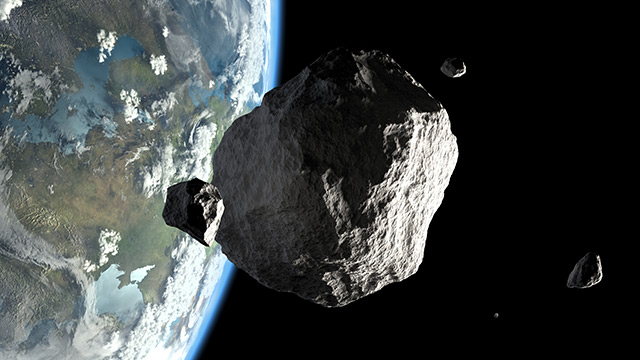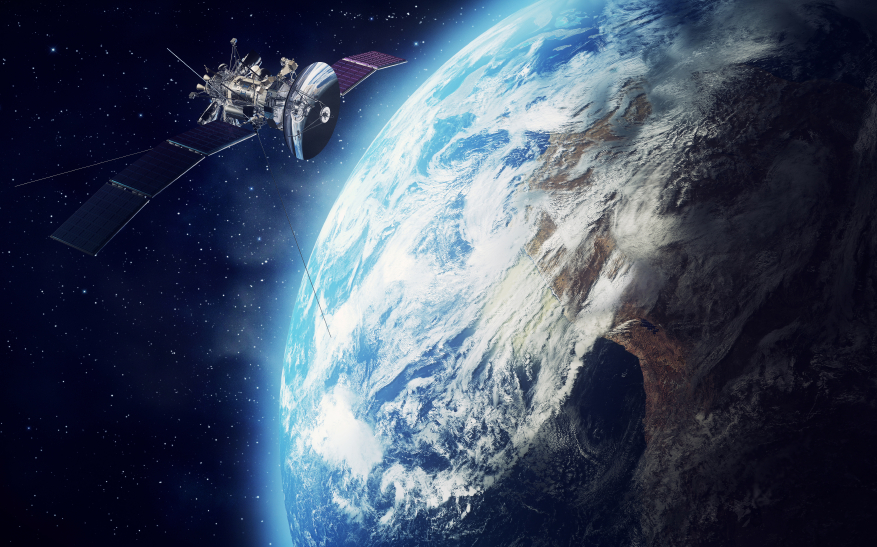They said to wear the glasses: Woman who stared at the eclipse now has a crescent-shaped burn on her retina, permanently blocking her vision
12/28/2017 / By Tracey Watson

On August 21 of this year, people across the United States and in several other parts of the world were excited about seeing a total or partial eclipse of the sun, depending on their location. A solar eclipse takes place when the moon passes between the Earth and the sun, blocking all or part of the sun for up to three hours from a given location.
Experts warned repeatedly that those watching the spectacle should not look directly at the sun, and that they needed to ensure that they were wearing proper ISO 12312-2 eclipse glasses, not just sunglasses or the unapproved eclipse glasses that flooded the market just before the event.
Unfortunately, their warnings went unheeded by many, and at least one woman sustained permanent damage to her left eye.
While viewing the eclipse from her boyfriend’s Staten Island office, 26-year-old Nia Payne looked into the sun for just a few seconds. Realizing that this was a potentially foolish thing to do, Payne asked another woman in the crowd if she could borrow her eclipse glasses. (Related: The Atlantic says the eclipse was “racist” because it was visible by too many white people.)
Experts now believe that these were not proper eclipse glasses because Payne remembers that when she looked through them the sun still looked bright and she felt like she was wearing “normal” sunglasses. (Related: Discover more unbelievable stories at Stupid.news.)
The special ISO 12312-2 approved eclipse glasses block ultraviolet and infrared rays, and significantly reduce the sun’s brightness to protect the wearer’s eyes.
“Solar filters that meet this standard are about 100,000 times darker than ordinary sunglasses, and sunglasses don’t block infrared radiation,” explained Rick Fienberg of the American Astronomical Society.
Within six hours of the eclipse a dark spot developed in Payne’s left eye, and when she went to the emergency room the next day, doctors delivered the devastating news that she had sustained solar retinopathy, a type of permanent eye damage caused by exposure to the sun.
Solar retinopathy occurs when the retina has been damaged by harmful UV rays. Light enters the center of the eye known as the pupil and head [sic] towards the back where the retina is located. If that light is a UV ray, it can burn through the exposed tissue of the retina if the rays are viewed long enough.
Scientists at the Department of Eye and Ear at Mount Sinai Hospital in New York performed tests on Payne’s eyes and found that there is a crescent-shaped shadow burned onto her eye which corresponds to what she saw when she stared at the sun on the day of the eclipse.
“We could see a robust concordance between the shape of the exposed sun during the eclipse and the damage to cells in the photoreceptor layer,” said study author Dr. Avnish Deobhakta.
Payne was forced to wear sunglasses permanently for two months after the eclipse because everything seemed too bright. She says that the spot on her eye matches the color of whatever she looks at, and that if she stares at a television or screen for too long the spot appears in the center of her eye, blocking her vision completely.
She struggles most with reading, and is busy training her right eye to become dominant to improve her vision, but she says that she continues to struggle with the glare and brightness of lights, particularly at night.
Though Payne’s condition may either worsen or improve, there is no cure for it, and it will be permanent.
This sad story serves as a stark reminder to those of us who can’t wait for the next solar eclipse to never look directly at the sun and to make sure we wear the proper, approved solar eclipse glasses.
Sources for this story include:
Tagged Under: Eclipse, eye damage, Nia Payne, solar eclipse 2017, solar retinopathy, sun damage, vision, weird science




















